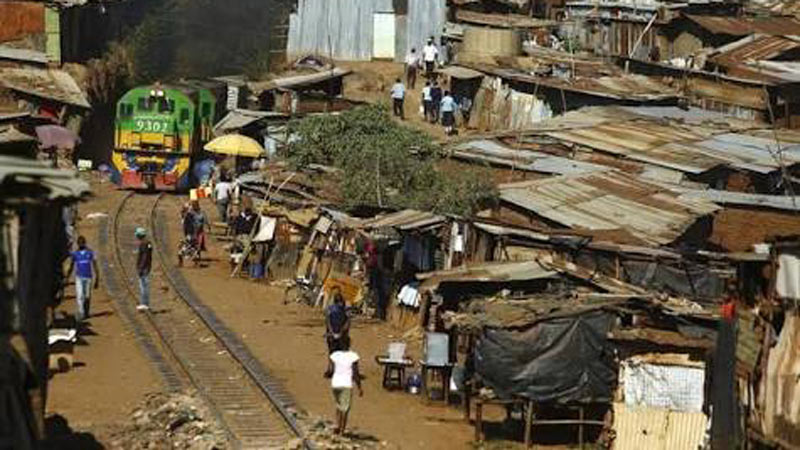×
The Standard e-Paper
Informed Minds Prefer The Standard

For many, the Government’s two-week quit notice to 30,000 Kibra residents, businesses and services still looms ominously.
The deadline to voluntarily evacuate or be forcibly evicted expires in two days. An important decision to call off the June 16 demolition was reached this week in dialogue between community leaders, Kenya Urban Roads Authority (KURA), National Land Commission, Kenya National Commission for Human Rights and human rights NGOs. This represents an important moment in our urban history.